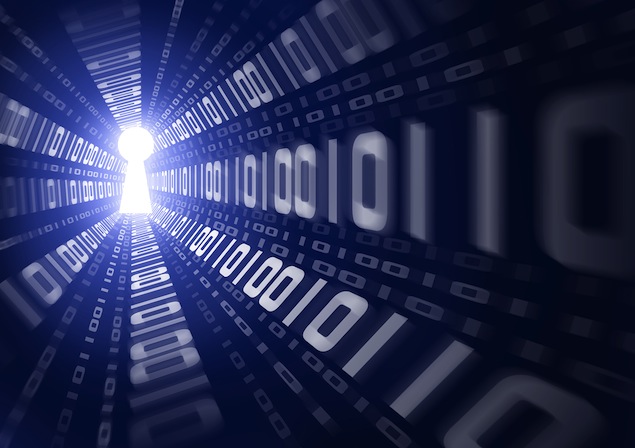- Home
- Internet
- Internet News
- Li Fi: Scientists achieve 10Gbps data transfer speeds using LEDs
Li-Fi: Scientists achieve 10Gbps data transfer speeds using LEDs

The researchers used a micro-LED light bulb to transmit 3.5Gbps via each of the three primary colours - red, green, blue - that make up white light.
The research, known as the ultra-parallel visible light communications project, is a joint venture between the universities of Edinburgh, St Andrews, Strathclyde, Oxford, and Cambridge.
The tiny micro-LED bulbs, developed by the University of Strathclyde, Glasgow, allow streams of light to be beamed in parallel, each multiplying the amount of data that can be transmitted at any one time, 'BBC News' reported.
Using a digital modulation technique called Orthogonal Frequency Divisional Multiplexing (OFDM), researchers enabled micro-LED light bulbs to handle millions of changes in light intensity per second, effectively behaving like an extremely fast on/off switch.
This allows large chunks of binary data - a series of ones and zeros - to be transmitted at high speed.
Earlier this month, Chinese scientists developed a microchipped LED bulb that can produce data speeds of up to 150 megabits per second (Mbps), with one bulb providing Internet connectivity for four computers.
And earlier this year, Germany's Fraunhofer Heinrich Hertz Institute claimed that data rates of up to 1Gbps per LED light frequency were possible in laboratory conditions.
Professor Harald Haas, an expert in optical wireless communications at the University of Edinburgh and one of the project leaders has coined the term "light fidelity" or Li-Fi - also known as visual light communications (VLC).
In 2011, Haas demonstrated how an LED bulb equipped with signal processing technology could stream a high-definition video to a computer.
Li-Fi promises to be cheaper and more energy-efficient than existing wireless radio systems.
Another advantage, Haas argues, is that evenly spaced LED transmitters could provide much more localised and consistent Internet connectivity throughout buildings.
For the latest tech news and reviews, follow Gadgets 360 on X, Facebook, WhatsApp, Threads and Google News. For the latest videos on gadgets and tech, subscribe to our YouTube channel. If you want to know everything about top influencers, follow our in-house Who'sThat360 on Instagram and YouTube.
Related Stories
- Samsung Galaxy Unpacked 2025
- ChatGPT
- Redmi Note 14 Pro+
- iPhone 16
- Apple Vision Pro
- Oneplus 12
- OnePlus Nord CE 3 Lite 5G
- iPhone 13
- Xiaomi 14 Pro
- Oppo Find N3
- Tecno Spark Go (2023)
- Realme V30
- Best Phones Under 25000
- Samsung Galaxy S24 Series
- Cryptocurrency
- iQoo 12
- Samsung Galaxy S24 Ultra
- Giottus
- Samsung Galaxy Z Flip 5
- Apple 'Scary Fast'
- Housefull 5
- GoPro Hero 12 Black Review
- Invincible Season 2
- JioGlass
- HD Ready TV
- Laptop Under 50000
- Smartwatch Under 10000
- Latest Mobile Phones
- Compare Phones
- Moto G Stylus (2025)
- Oppo Find X8s+
- Oppo Find X8s
- iQOO Z10x
- iQOO Z10
- Oppo Find X8 Ultra
- Vivo V50e
- Realme Narzo 80x 5G
- Asus Vivobook 16 (AMD, 2025)
- Asus Zenbook S16 (AMD, 2025)
- Oppo Pad 4 Pro
- Samsung Galaxy Tab S10 FE+
- Oppo Watch X2 Mini
- Garmin Instinct 3 Solar
- Xiaomi X Pro QLED 2025 (43-Inch)
- Xiaomi X Pro QLED 2025 (55-Inch)
- Nintendo Switch 2
- Sony PlayStation 5 Pro
- Whirlpool 1.5 Ton 3 Star Inverter Split AC (SAI18K38DC0)
- Whirlpool 1.5 Ton 5 Star Inverter Split AC (SAI17B54SED0)
















